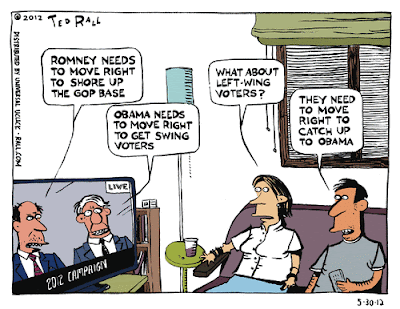I've always been an advocate for looking at different sources and methodologies for measuring things.
This is especially the case for economic size as I argued here.
It also applies to military spending.
The table from the PDA (Project on Defense Alternatives) below shows different measures for military spending from SIPRI (Stockholm International Peace Research Institute) and IISS (International Institute for Strategic Studies). (H/T Lowy Interpreter)
It also considers PPP (purchasing power parity) measures, which account for discrepancies in the costs of production and consumption in different countries.
What all measures still clearly show is that the United States remains the key military spender by a long way.
Many Australians I think would be surprised about Australia's high position on the table.
Alongside measures of Australia's relatively excellent economic performance, it shows Australia's significance on the world stage, even if, for many, this is not a measure of significance they support.
This is especially the case for economic size as I argued here.
It also applies to military spending.
The table from the PDA (Project on Defense Alternatives) below shows different measures for military spending from SIPRI (Stockholm International Peace Research Institute) and IISS (International Institute for Strategic Studies). (H/T Lowy Interpreter)
It also considers PPP (purchasing power parity) measures, which account for discrepancies in the costs of production and consumption in different countries.
What all measures still clearly show is that the United States remains the key military spender by a long way.
Many Australians I think would be surprised about Australia's high position on the table.
Alongside measures of Australia's relatively excellent economic performance, it shows Australia's significance on the world stage, even if, for many, this is not a measure of significance they support.
Notes:
* International Institute for Strategic Studies
** Stockholm International Peace Research Institute
*** PPP = Purchasing Power Parity, a measure that facilitates international budget comparisons by adjusting exchange rates to reflect the relative domestic buying power of national currencies.
Notes: The IISS column presents officially reported spending in USD at 2010 exchange rates, with two exceptions: China and Russia. For these, the number is an estimate of actual spending. The second column is SIPRI’s estimate of actual expenditures, also shown in USD at 2010 exchange rates. The PPP column converts estimates of actual expenditures into approximate purchasing power, mostly drawn from SIPRI data. For China and Russia, it also shows an IISS estimate of purchasing power, thus producing a range. Purchasing power calculations improve on estimates that use exchange rates alone. However, PPP ratios are based on comparisons between national economies as a whole, not the defense sectors specifically. This can overstate military purchasing power when a nation’s military sector is much more advanced than its economy overall or when a nation depends heavily on international arms purchases.
Sources: International Institute for Strategic Studies, The Military Balance 2012 (London, 2012); Stockholm International Peace Research Institute, SIPRI Yearbook 2011 (Oxford, 2011).






















































